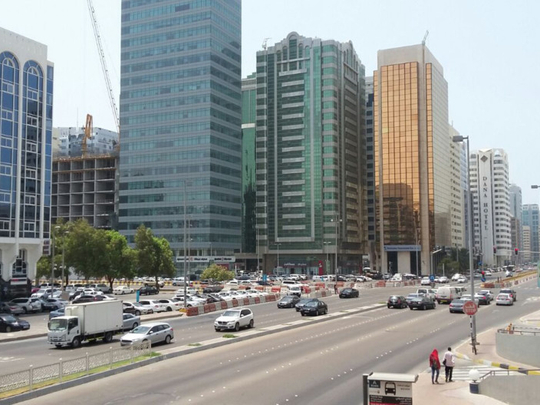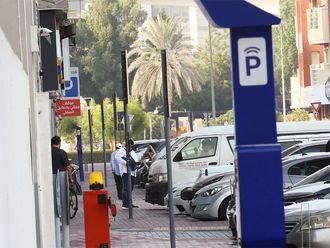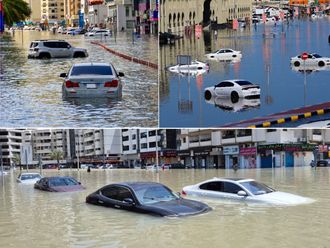
Abu Dhabi: A team of researchers at New York University Abu Dhabi (NYUAD) are developing a simulation model of the capital’s roads for a project that aims to help ease some of the traffic congestion in the city.
The simulation model is based on Abu Dhabi’s Al Zahiyah area, also commonly known as the Tourist Club area, and will run a number of different traffic-related scenarios, with the compiled results and data being used as a basis on how to improve the traffic flow in the capital.
The team of researchers are currently in contact with the Abu Dhabi Police and the Abu Dhabi Department of Municipal Affairs and Transport (DMAT).
“Our project is looking at how to ease the congestion on the roads, and so we are creating a simulation model of Abu Dhabi, a virtual replica of the road network, and at the moment we are creating this model based on the Tourist Club area, which is one of the most congested areas in the city,” explained Saif Jabari, assistant professor of civil and urban engineering at NYUAD and one of the lead researchers.
“The virtual model will simulate many different kinds of traffic scenarios, and we will test these scenarios with algorithms that we are developing to see how they work against these simulated scenarios that could arise,” he added.
Jabari explained that the simulated scenarios are intended to mimic real-world incidents, such as traffic jams, accidents and other factors.
“The scenarios will include accidents, heavy congestion and traffic. The simulation model can also have different vehicles such as cars or trucks with different driving aggression levels, so we can do many things with this model,” he said.
“The plan is to run as many simulations as possible once the model is finished, and to then have several servers running different types of simulations day and night over the course of weeks. Once we run all of these simulations, we will share our findings and data with the relevant authorities,” he added.
Jabari said that creating a virtual model to run the scenarios was not easy, with a lot of meticulous work being carried out to make sure the model correctly matched the roads of Abu Dhabi.
“These things take a very long time to develop, you have to get the motion of each vehicle and so on, and then you also have to get the geometry of the road network right.
“The model has to look like the road network of Abu Dhabi, and this includes getting the right number of lanes. So there is a lot of trial and error, creating this model requires skilled people,” he added.
Jabari said he was hopeful of reaching a partnership with the DMAT, which would allow the researches’ findings to be put into actual use.
“We have spoken with the Abu Dhabi Police and the DMAT, and we are establishing a relationship with them. We believe that it is mutually beneficial and crucial for a traffic research programme to have strong connections to the local authorities and vice versa.
“Based on all our models and simulations, we are going to provide all the information to the authorities on how they can incorporate our findings into their system. The ultimate goal for our work is to see it implemented by an agency, rather than just have our findings placed in a journal or on top of a desk,” he added.













